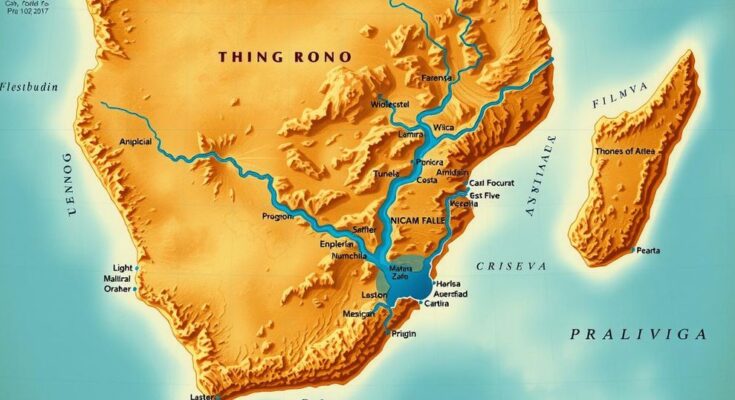The Democratic Republic of Congo faces an outbreak of a mysterious disease linked to contaminated water sources, not a bat origin. Initial fears of a severe virus reminiscent of Ebola have been alleviated. Investigations ruled out Ebola and Marburg while finding significant cases of malaria among affected individuals. The health crisis highlights the challenges of multiple undiagnosed illnesses in the region.
The recent outbreak of a mysterious disease in the Democratic Republic of Congo (DRC) has raised alarms, as it was initially believed to have jumped from bats to children who consumed them. Tragically, the affected three children died within two days of exhibiting severe symptoms such as diarrhea, vomiting, and internal bleeding. Within three weeks, 53 fatalities had been recorded, prompting widespread concern amidst the population.
Fortunately, scientists have determined that the outbreak’s origins are likely linked to contaminated water sources, alleviating fears of another Ebola-like epidemic. A World Health Organization (WHO) expert reported that villagers in the most impacted areas share a common water source, thus suggesting that the situation might be manageable. “If it is a contamination, it will be easy to contain,” stated Steve Ahuka, a virologist at the National Institute of Biomedical Research in Kinshasa, currently testing patient samples.
Prior to identifying the outbreak’s source, scientists ruled out Ebola and Marburg viruses, finding that it was unlikely those pathogens were responsible due to the nature and timing of symptoms. Testing revealed that around half of the individuals assessed were positive for malaria, which has previously caused numerous fatalities in different regions of Congo.
Existing concerns regarding zoonotic diseases—those transmitted from animals to humans—have garnered attention, particularly as outbreaks in Africa have surged by over 60 percent in the last decade. It appears that a connection between wildlife consumption and emerging infectious diseases continues to be a pressing issue in the region.
The complexity surrounding the health crises in the DRC indicates multiple undiagnosed illness clusters within two specific health zones, affecting 1,096 individuals and leading to 60 deaths, as reported by WHO. Symptoms have varied widely, suggesting the possibility of multiple infectious agents at play. Last year, respiratory infections exacerbated by malaria contributed to several fatalities in the area.
While the conclusion drawn from the initial investigation into the disease’s cause may not resemble a dramatic resolution, it nonetheless offers a more favorable outcome than the potential threat posed by a highly transmissible virus.
In summary, the mysterious disease outbreak in the Democratic Republic of Congo, initially feared to be akin to Ebola, appears to be linked to contaminated water sources rather than animal transmission. Scientific investigations have ruled out serious viral pathogens, and findings indicate the presence of malaria among the affected populace. The DRC’s health crises underscore the growing concern regarding zoonotic diseases and the complexities of treating multiple simultaneous illnesses within the community.
Original Source: www.discovermagazine.com




